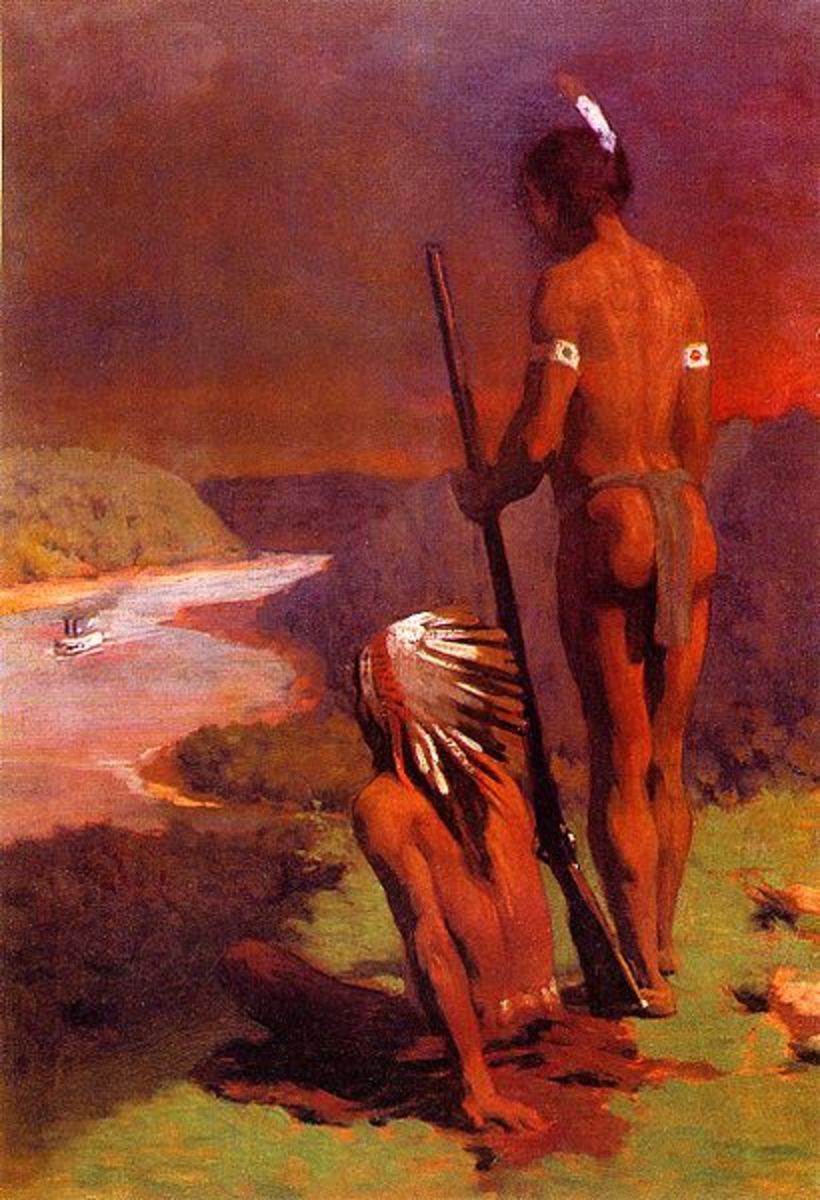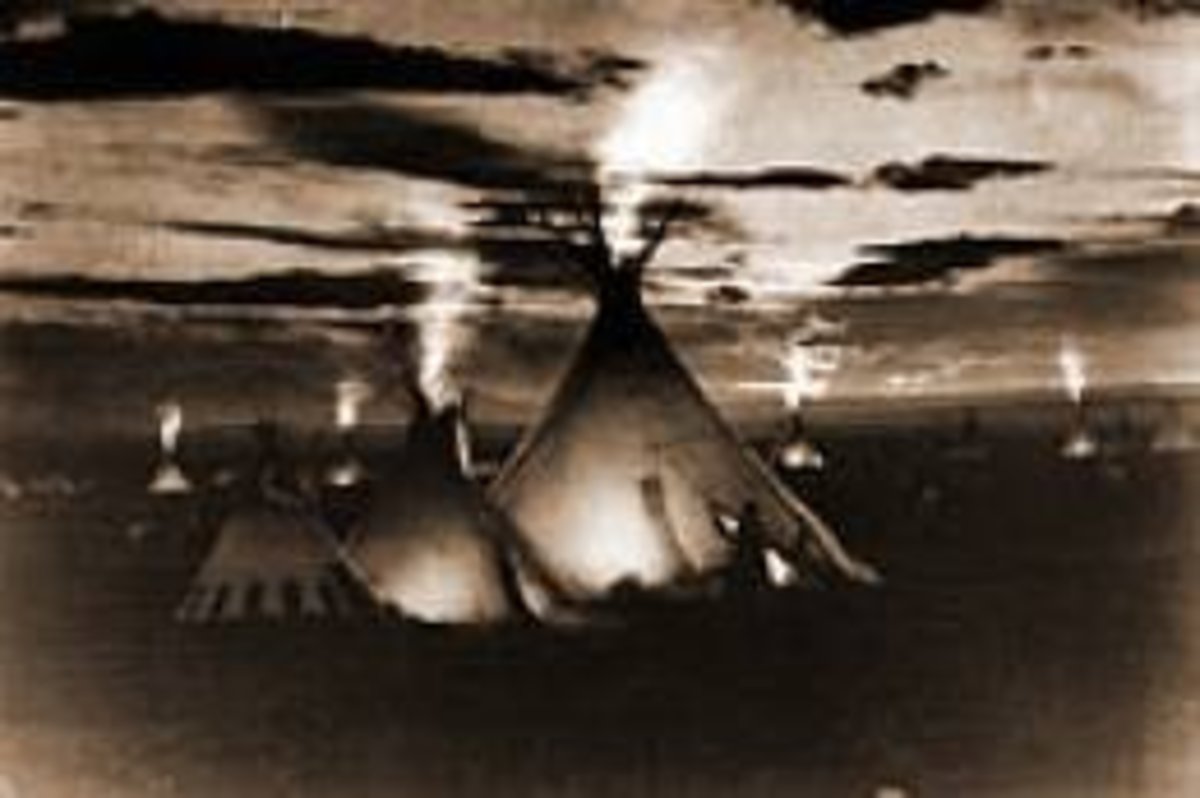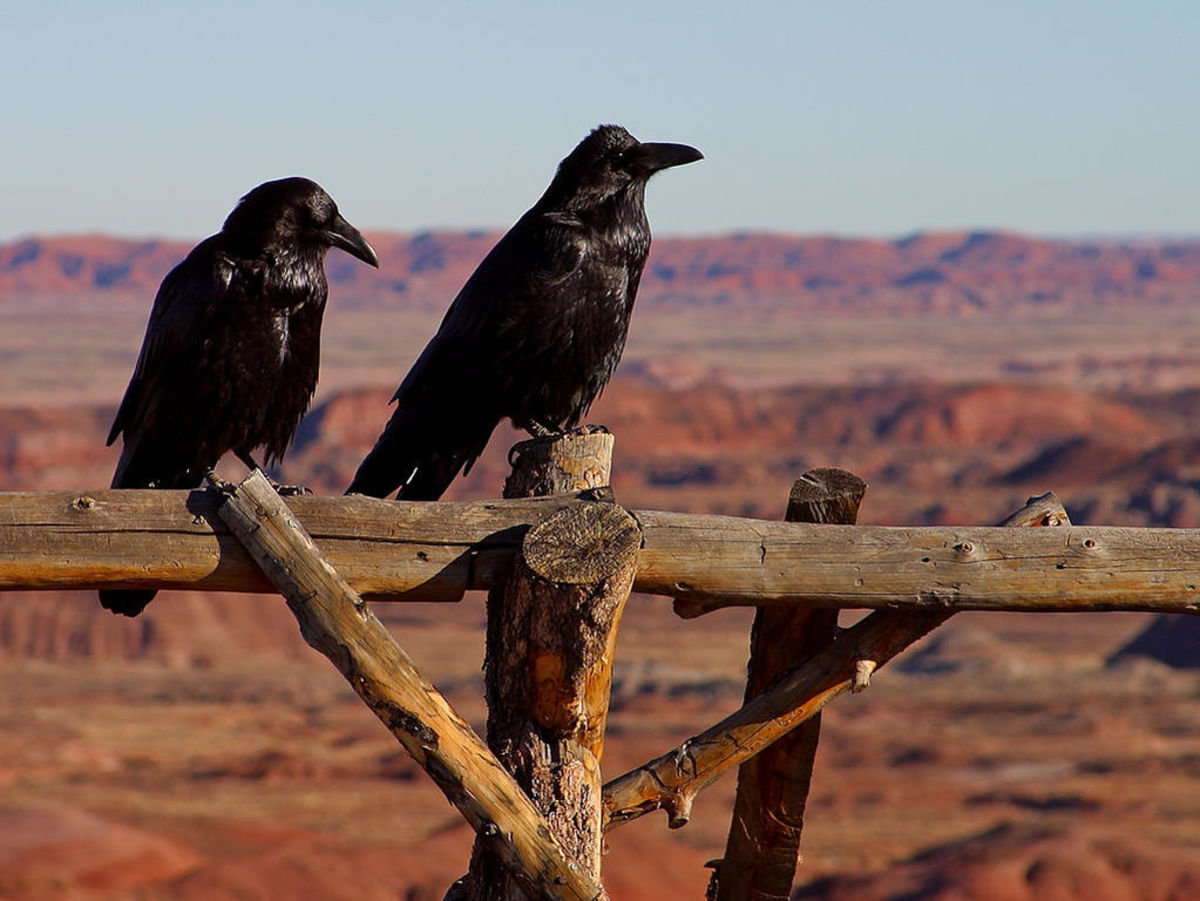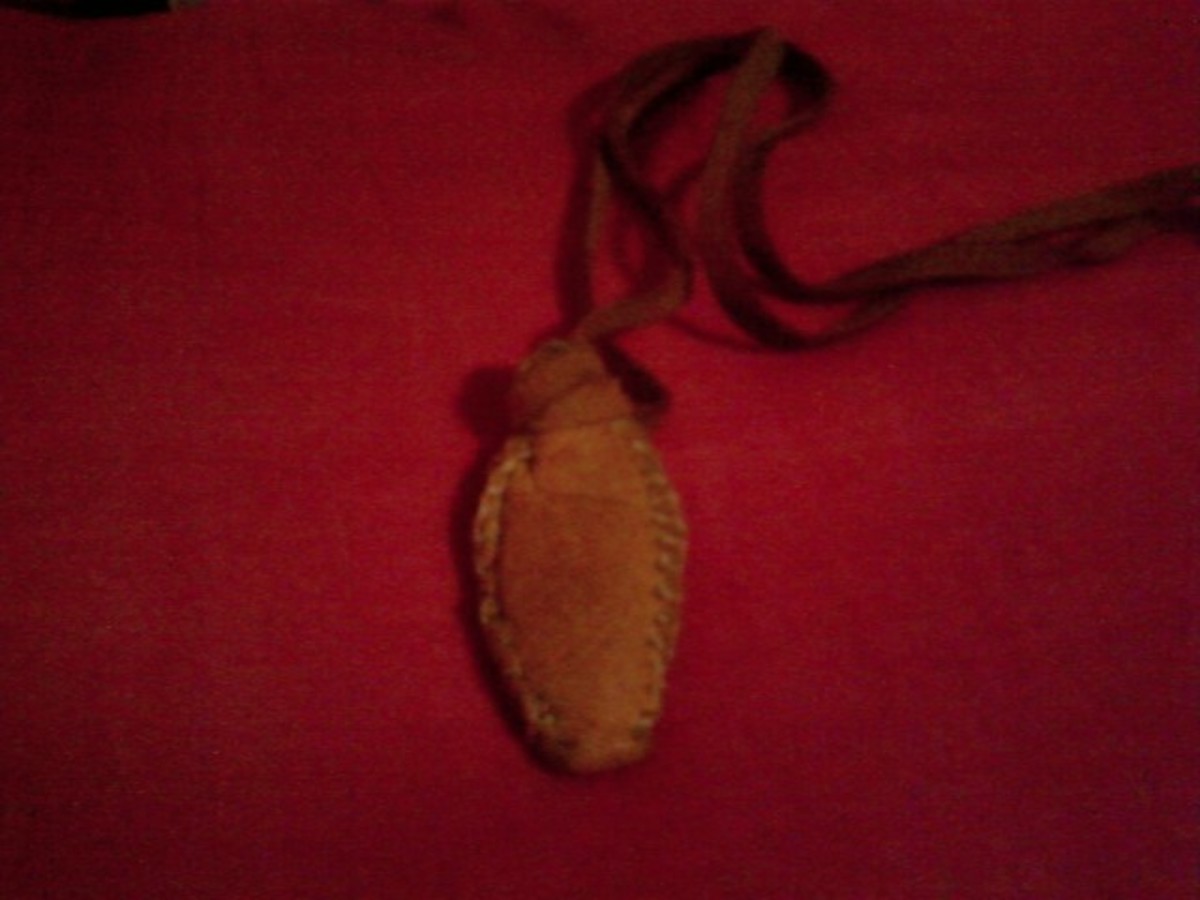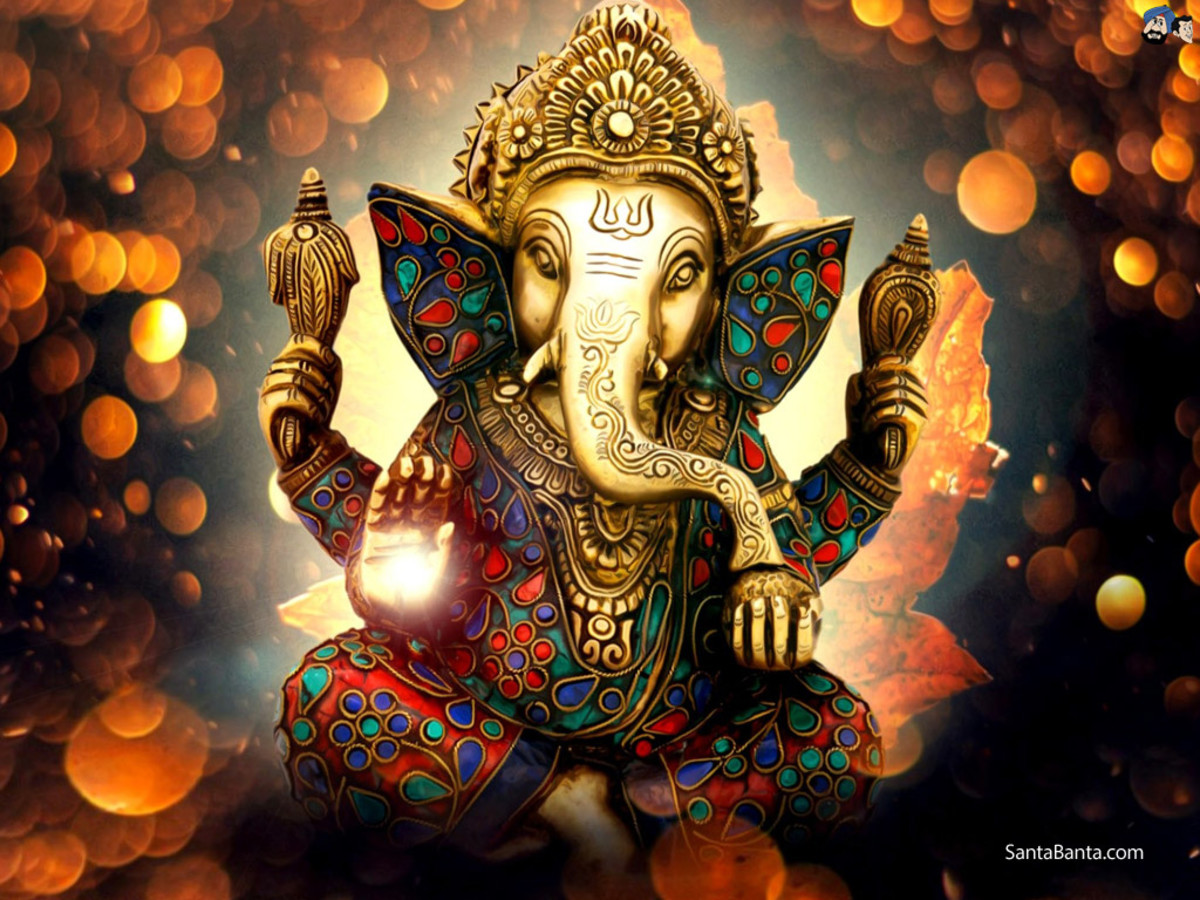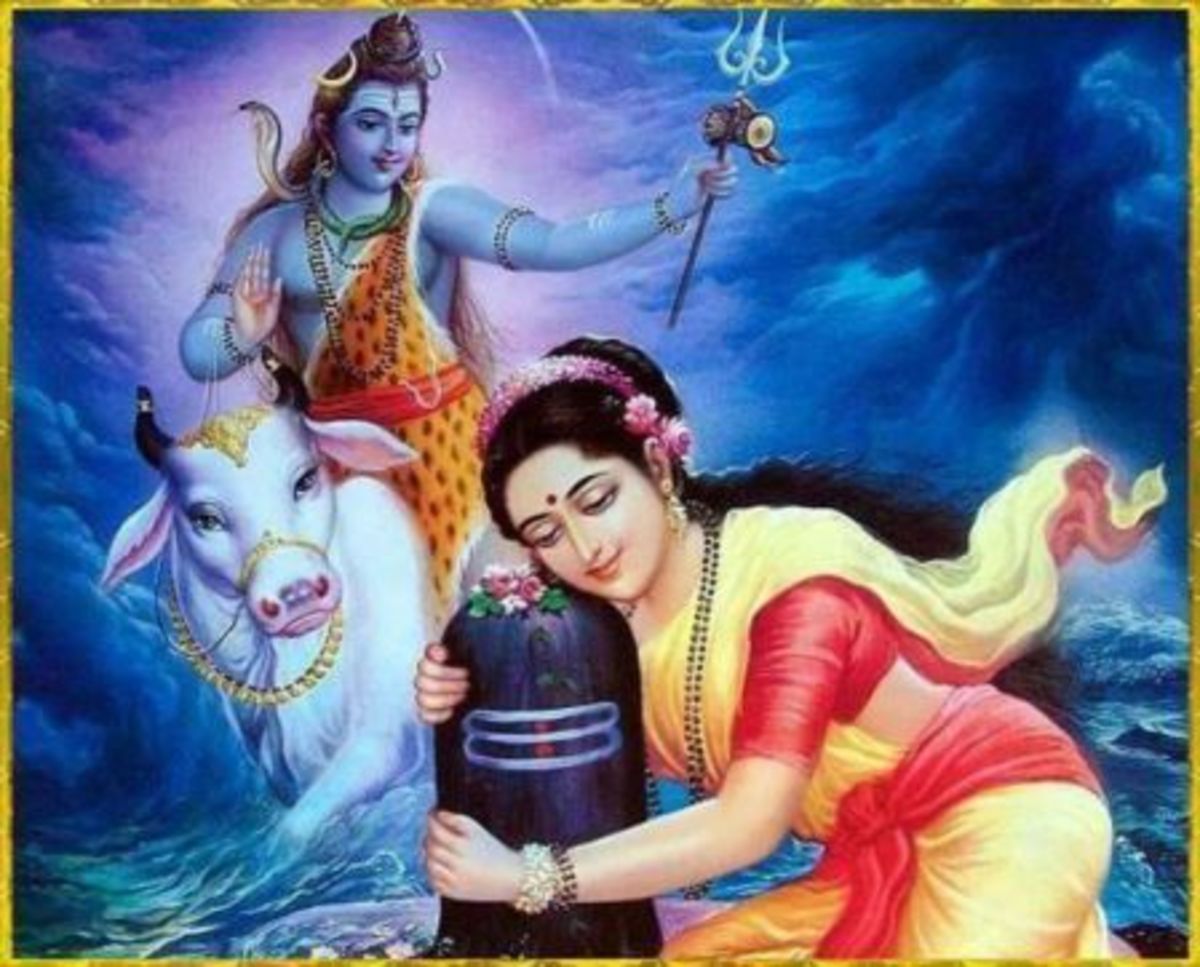COMMONALITIES OF VEDIC & NATIVE AMERICAN TRADITIONS
A Comparison of Traditions
About a year ago I was reading a book on Vedic Culture and Archeology and started to realize that Vedic Culture and Native American traditions have many commonalities and similiarities. I was born in northern Minnesota near three Native American Reservations: Red Lake, Leech Lake and White Earth. Many of my childhood friends and high school and college classmates were of Native American ancestry. My maternal great grandmother was part French and most likely part Native American. Many of Scottish and Irish ancestry intermarried with the native peoples, also.
Both traditions use the lunar calendar. There is a Native American expression for the passage of time: many moons. Both had advanced calendars. The Mayans of South America had seven different calendars. Both traditions had highly accurate and advanced calendars.
The flute and drum are played and honored in both traditions. They honor the four wind directions: north, south, east and west. You apologize to nature and pray for permission to interact with nature. The Bhumi Puja and prayers to the head of the bison herd are examples of asking aspects of nature for permission to interact with humans and animals.
Honoring of the elders is found in both traditions. In Objiwe culture elders are honored for their wisdom and are allowed to consume food first at feasts and meals. In Vedic Culture one touches the feet of the elders and honors their wisdom.
The Ayurvedic Medicine Doctor uses herbs and natural substances in Vedic Culture. In the Native American traditions, the medicine man or woman uses herbs and other natural means to implement a cure for an illness. The West Coast tribes have the most medicine women involved in natural healing. Both traditions invoke deities or nature spirits to bring rain upon the Earth. In the native traditions the medicine man or woman would invoke the thunder beings and dance to convince them to create rain. In Vedic Culture the priests invoke and pray to Indra, chief of the gods, at Yagnas by chanting prayers from the Vedas to produce rain. Priests are found in the native tribes in Mesoamerica, in the Mayans of South America and in the Mound Builders of Southeast United States. These cultures had temples like Vedic Culture.
Use of dance is found in both traditions. Arjuna learned dance from the demigods and taught it to his future daughter-in-law. All native tribes use dance at for both secular and sacred gatherings where singing, drumming and dancing occur.
Warriors were generally honored in both traditions. The Navajo Tribe was vital during WWII for using their language as a secret military code. Famous warriors are well known from the Battle of Little Big Horn. Sitting Bull was both a medicine man and a warrior chief in the battle along with Crazy Horse. The Gita and Mahabarata are testaments to the Pandavas brothers and family who defeated their rivals at Kurukshetra Battlefield. Women warriors were also found in the tribes and also appeared at the Battle of Little Big Horn. Vedic Culture had ancient women warriors and also some modern ones, too.
Kings had their palaces in Vedic Culture, but the Mayans and other Mesoamerican and South American tribes had their palaces, too. Chiefs lived in these palaces with their family and servants. They were mostly male, but there were some female chiefs in ancient times. In modern native tribes women chiefs and tribal chairwomen are quite common. Many of which have been outstanding and courageous like Willa Mankiller. Women who had political power in Vedic Culture were usually unmarried, such as Princess Sachi, who ruled after her parents' death.
Both cultures have matriarchial elements. In many native cultures women owned property, removed and elected the chiefs. The eldest grandmother often was the judge in handing out punishment. The chiefs were chosen through their female lineages. In both Vedic and native tribal cultures women often chose their own husbands. They could accept or reject suggestions of marriage partners by family members. In Vedic Culture consorts were the power, energy and Shakti behind God/dess. Equality of the sexes was more predominant. Kerala is one place in India where matriarchy still has its influence. There were more women sages, priests and teachers in ancient times. Recently, more female teachers and priests are appearing in Vedic Culture, a return to former times. This century has created more female leaders all over the world in all countries and more male leaders who use feminine principles.
Worship of the sun god is found in Mesoamerican, Southeast tribes of the United States and the Mound Builders. Worship of Surya (the sun) is a central idea also in Vedic Culture.
Belief in the three worlds is found in all these cultures. The Southeast tribes believe in the Upper World, Lower World and This World. Vedic Culture constantly speaks of the Three Worlds, too.
Belief in re-incarnation is found among the Tlingits and other native tribes and is a major world view in Vedic Culture. What is amazing is that even 1/3 of Christians believe in re-incarnation despite the beliefs of their leaders.
Storytelling is important in many native tribes, especially the northern ones which have long winters. Hares and Coyotes are the trickers who teach moral lessons through their actions in stories through the questionning of the status quo. The katha or story lesson is central in Vedic Culture. Some say Krishna is a trickster because he always is questionning the status quo. He has a quick, sharp wit and can win any debate.
Turbans were worn by women in many native tribes. I found this very interesting that they did this. Turbans are worn by men in Vedic Culture today and in the past.
Both traditions also believe in demons. The Subartic tribes have many stories of demons as does Vedic Culture. Kali, Krishna and Ram defeated demons as did Mother Durga. The Mother is about defeating our own inner demons.
JAI SHRI VEDIC CULTURE!
JAI SHRI NATIVE TRIBES!

